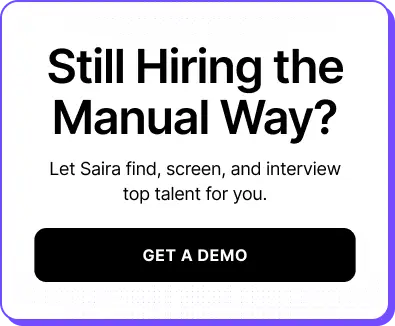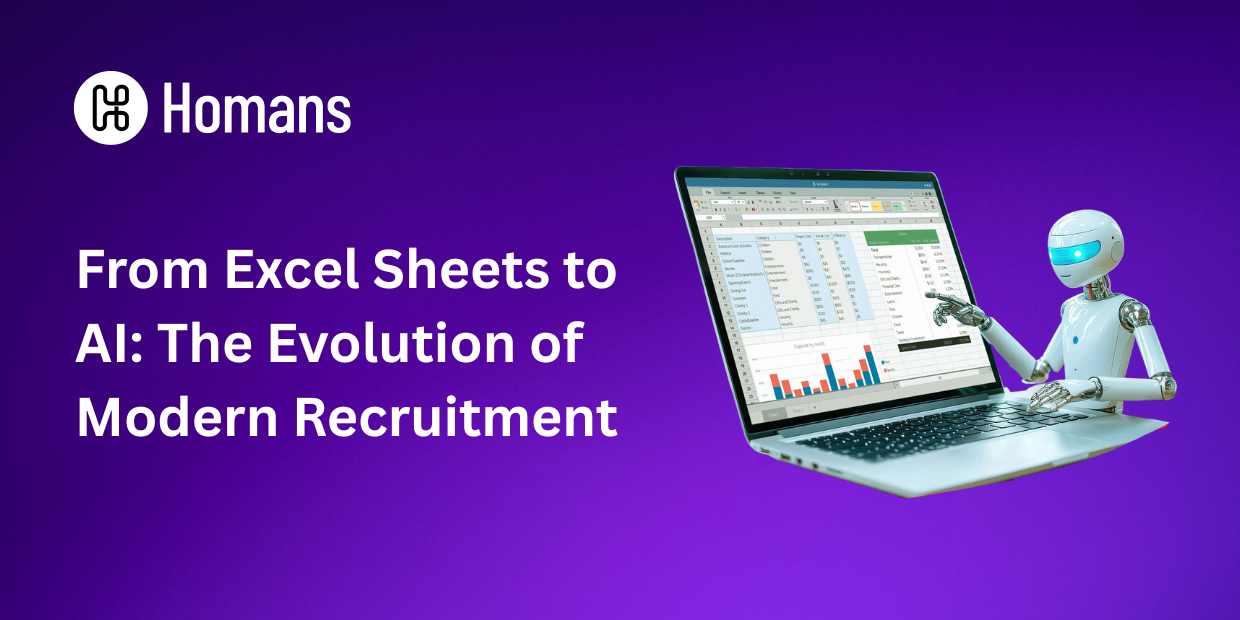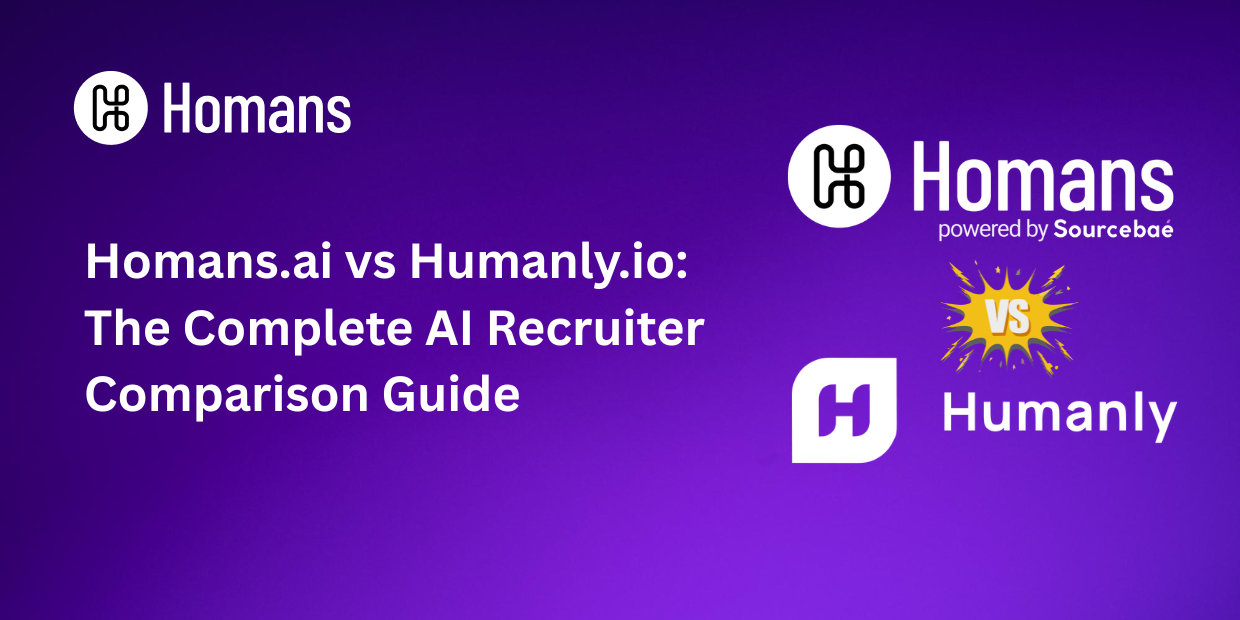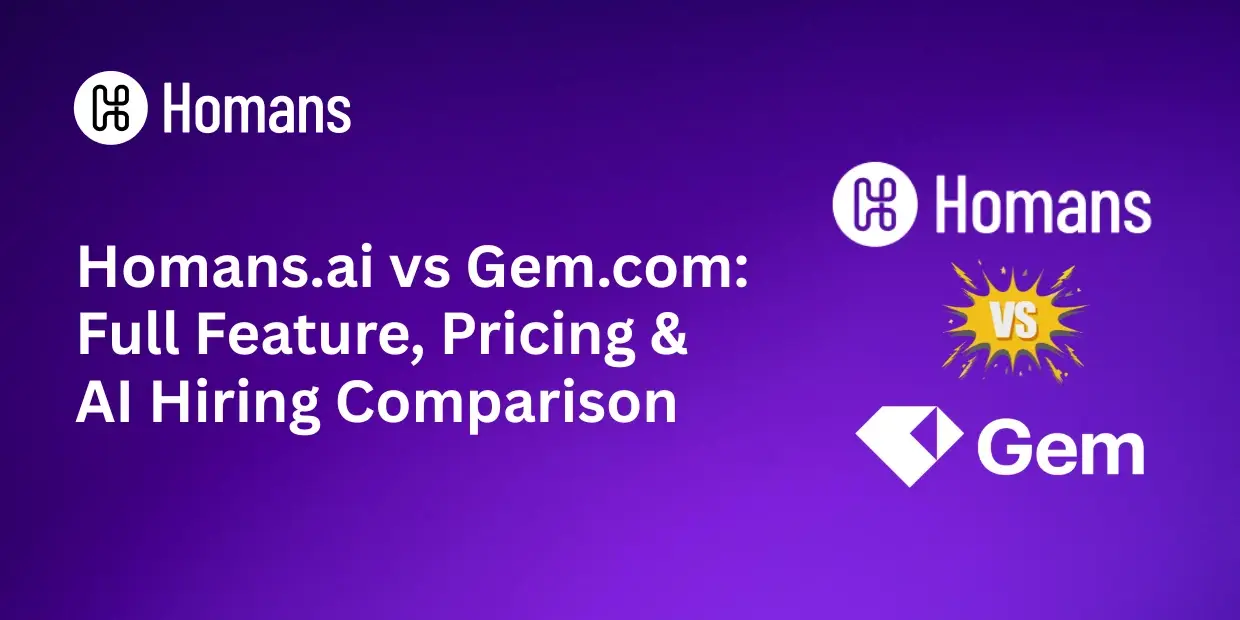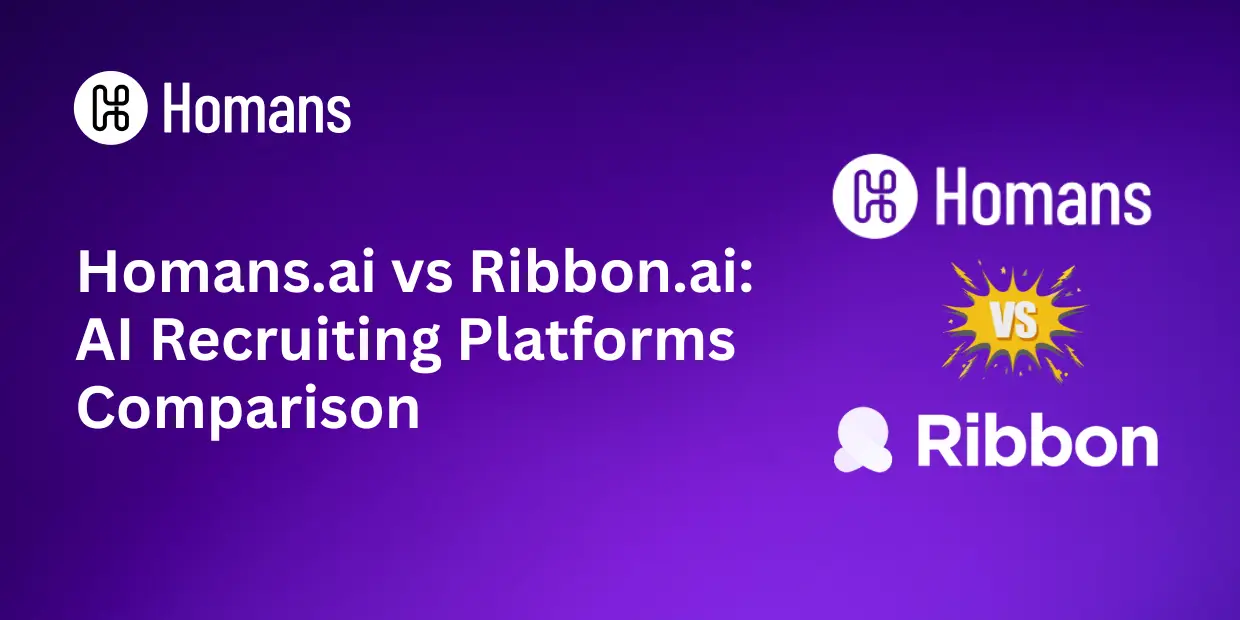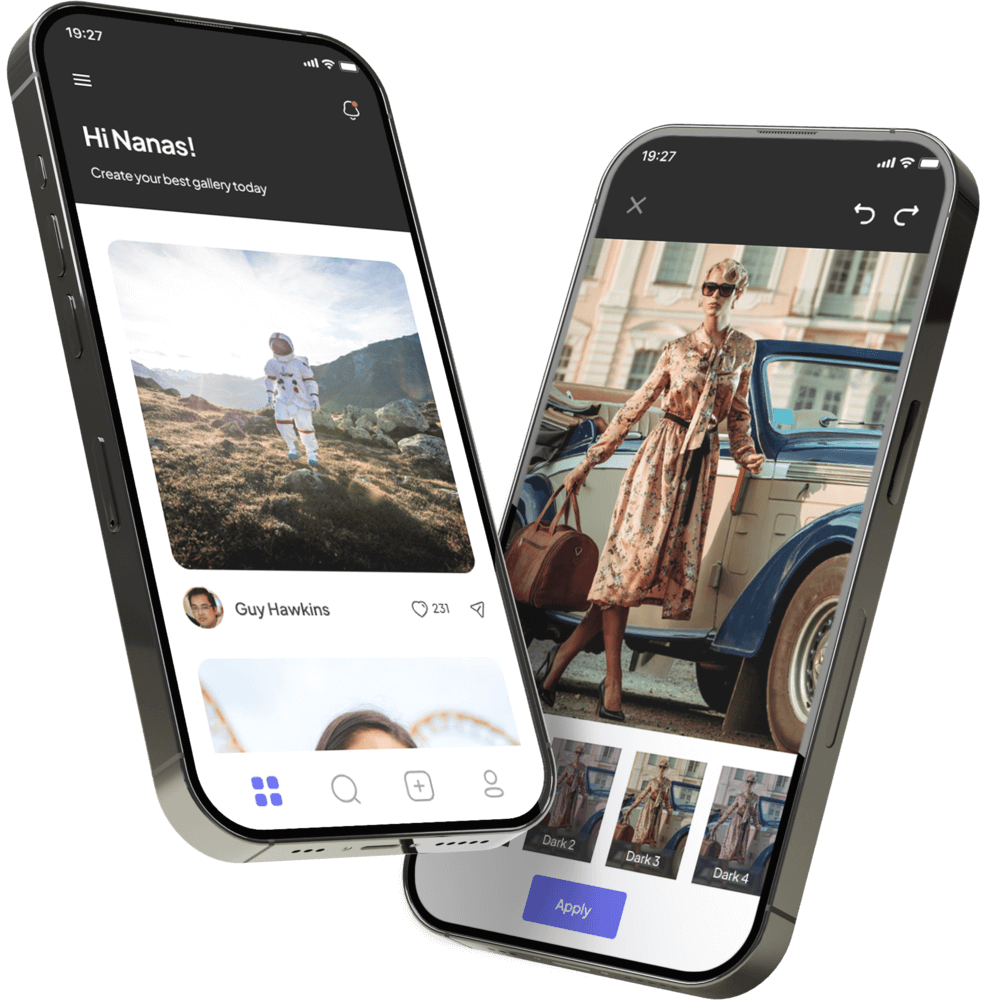Modern recruitment has undergone a dramatic transformation123. Organizations are rapidly moving from manual, Excel-based hiring processes to sophisticated AI-powered recruitment systems that deliver faster, more accurate, and cost-effective results456. This evolution represents one of the most significant shifts in talent acquisition practices, fundamentally changing how companies attract, evaluate, and hire top talent in today’s competitive market.
The Era of Excel Spreadsheets: When Hiring Was a Manual Marathon
For decades, recruitment teams relied heavily on Excel spreadsheets and manual processes to manage their hiring workflows789. This traditional approach involved painstakingly maintaining candidate databases, manually screening hundreds of resumes, and coordinating interviews through endless email chains10811.
The limitations of Excel-based recruitment were severe and costly89. Recruiters spent countless hours copying and pasting candidate information, creating multiple spreadsheet versions that led to confusion and data loss812. A single misstep—one displaced row or broken formula—could cancel weeks of progress8. Version control became an ongoing nightmare as numerous files circulated among team members, with no one knowing which version contained the most current information811.
Excel’s inefficiency problems extended far beyond simple data management913. Each update required manual intervention, spreadsheets couldn’t integrate with job boards or social media platforms, and collaboration was severely limited814. The lack of automation meant recruiters spent up to 75% of their time on administrative tasks rather than building relationships with candidates1015.
The candidate experience suffered dramatically under these manual systems1016. Long wait times, lack of feedback, and unclear timelines left job seekers frustrated1013. With top candidates typically off the market within 10 days, Excel-based processes that took weeks simply couldn’t compete10. This inefficiency resulted in missed opportunities to hire quality talent and damaged employer brand reputation1615.
The AI Revolution: How Technology Transformed Talent Acquisition
The integration of artificial intelligence into recruitment has fundamentally revolutionized the hiring landscape123. AI-powered recruitment tools now automate tedious tasks like resume screening, candidate matching, and interview scheduling, freeing recruiters to focus on strategic activities and relationship building41718.
AI recruitment systems process thousands of applications simultaneously, identifying the best-fit candidates based on skills, experience, and cultural alignment319. Machine learning algorithms analyze historical hiring data to predict candidate success and improve decision-making accuracy1920. These systems can screen resumes in seconds rather than hours, reducing time-to-hire by up to 40% according to LinkedIn research21.
Modern AI tools deliver unprecedented efficiency gains322. Automated resume parsing extracts relevant information instantly, intelligent candidate matching ranks applicants by fit score, and chatbots handle initial candidate communication3618. AI-driven scheduling eliminates the back-and-forth coordination that previously consumed hours of recruiter time523.
Predictive analytics now enable recruiters to make data-driven decisions31920. AI systems analyze patterns in successful hires to identify characteristics that predict job performance and retention1924. This approach reduces unconscious bias and improves hiring outcomes by focusing on objective criteria rather than subjective impressions42425.
Key Transformations in Modern Recruitment Technology
The shift from manual to automated recruitment represents a comprehensive digital transformation2627. Organizations are implementing sophisticated applicant tracking systems (ATS), customer relationship management (CRM) tools, and integrated HR platforms that streamline the entire hiring workflow52826.
Automation has revolutionized candidate sourcing and screening processes2329. AI-powered tools scan job boards, social media platforms, and professional networks to identify potential candidates26. Advanced natural language processing analyzes resumes and profiles to match candidates with job requirements, eliminating the need for manual keyword searches2923.
Video interviewing and virtual assessment platforms have expanded talent pools globally53026. Remote hiring capabilities allow organizations to access candidates regardless of geographical location, while AI-powered video analysis provides insights into candidate responses and cultural fit33029.
Data analytics and reporting capabilities provide unprecedented visibility into recruitment performance51926. Modern systems track key metrics like time-to-hire, cost-per-hire, and candidate satisfaction, enabling continuous process improvement192431. Real-time dashboards help recruitment teams identify bottlenecks and optimize their strategies531.
Mobile-first recruitment platforms ensure accessibility for modern job seekers525. With candidates increasingly using smartphones for job searches, mobile-optimized application processes and communication channels have become essential52532.
Benefits Comparison: AI Automation vs. Manual Hiring
| Metric | Manual/Excel Process | AI-Automated Process | Improvement |
|---|---|---|---|
| Resume Screening Time | 5-10 minutes per resume23 | 10-30 seconds per resume23 | 85-95% reduction23 |
| Time-to-Hire | 30-45 days2223 | 15-25 days2223 | 40-50% reduction321 |
| Cost-per-Hire | $4,000-$10,0001015 | $2,800-$7,0002223 | 30% reduction23 |
| Screening Accuracy | 60-70%23 | 85-95%23 | 25-35% improvement |
| Candidate Response Rate | 10-15%1 | 20-30%1 | 100% improvement |
AI automation delivers significant cost savings across the recruitment process2223. Organizations report reducing hiring costs by up to 30% while improving the quality of hires2223. The efficiency gains allow recruitment teams to handle larger volumes of candidates without proportional increases in staff2123.
Time savings compound throughout the hiring process222123. Automated interview scheduling saves up to 24 hours per week per recruiter23. AI-powered screening processes evaluate hundreds of candidates in the time it previously took to review dozens manually2123. These efficiencies enable faster decision-making and reduce the risk of losing top candidates to competitors2221.
Quality improvements stem from data-driven decision making and bias reduction41924. AI systems evaluate candidates based on objective criteria, reducing the impact of unconscious bias42425. Predictive analytics help identify candidates most likely to succeed in specific roles, improving retention rates by up to 34%33.
Modern AI-Powered Recruitment Tools and Platforms
Leading recruitment platforms now offer comprehensive AI-driven solutions3634. Greenhouse provides automated candidate sourcing and collaborative hiring tools with diversity-focused features3. Paradox.ai eliminates up to 80% of administrative tasks through intelligent automation6. HireVue uses AI to analyze video interviews and assess candidate cultural fit3.
Specialized AI tools address specific recruitment challenges3635. SeekOut helps identify diverse, hard-to-find talent for specialized roles6. Pymetrics uses neuroscience-based assessments to evaluate cognitive and emotional traits3. Ceipal ATS offers end-to-end recruitment automation with predictive analytics3.
Emerging AI technologies continue to expand recruitment capabilities1936. Natural language processing enables conversational AI interfaces for candidate interaction36. Computer vision analyzes body language and facial expressions during video interviews3. Blockchain technology ensures secure credential verification5.
Integration capabilities connect recruitment tools with broader HR ecosystems3524. Modern platforms seamlessly integrate with HRIS systems, background check services, and onboarding tools524. API connectivity enables custom workflows and data sharing across organizational systems526.
Future Trends: The Next Phase of Recruitment Evolution
Skills-based hiring is becoming the dominant trend for 2025 and beyond333738. Organizations are moving away from degree requirements to focus on demonstrable skills and competencies3337. This shift opens talent pools to more diverse candidates and improves job performance predictability3337.
Generative AI is revolutionizing content creation and candidate communication3936. AI systems now generate personalized job descriptions, craft compelling outreach messages, and create customized interview questions391836. This capability enables hyper-personalized candidate experiences at scale3936.
Predictive analytics and workforce planning integration are advancing rapidly193140. AI systems forecast future hiring needs based on business growth patterns and market trends3140. Predictive models identify flight risks among current employees, enabling proactive retention strategies1940.
Ethical AI and bias mitigation remain critical focus areas42436. Organizations are implementing transparent AI systems with explainable decision-making processes36. Regular algorithmic audits ensure fairness and compliance with evolving regulations2436.
The future points toward autonomous recruitment agents that handle entire hiring workflows4041. These AI systems will manage job posting, candidate sourcing, initial screening, and scheduling with minimal human intervention4041. Human recruiters will focus on strategic decision-making, relationship building, and cultural assessment1740.
Implementation Guide: Making the Transition from Excel to AI
Start with a comprehensive assessment of your current recruitment processes52627. Document existing workflows, identify pain points, and measure baseline metrics like time-to-hire and cost-per-hire531. This assessment establishes a foundation for measuring improvement and ROI2627.
Choose scalable recruitment technology that aligns with your organization’s needs54243. Consider factors like company size, hiring volume, and integration requirements when selecting tools4243. Start with core ATS functionality before adding advanced AI features527.
Implement change management strategies to ensure user adoption2627. Provide comprehensive training for recruitment teams and hiring managers26. Establish clear processes for using new tools and measuring success27. Address resistance to change through demonstration of benefits and gradual rollout26.
Establish data governance and quality standards3126. Clean existing candidate data before migration to new systems31. Implement consistent data entry standards and regular maintenance procedures26. Ensure compliance with data privacy regulations like GDPR26.
Monitor performance metrics and continuously optimize processes3137. Track key indicators like time-to-hire, cost reduction, and candidate satisfaction31. Use analytics to identify areas for improvement and adjust strategies accordingly37. Regular system updates and feature adoption ensure ongoing optimization31.
Conclusion: Embracing the Future of Intelligent Recruitment
The transformation from Excel spreadsheets to AI-powered recruitment systems represents a fundamental shift in how organizations approach talent acquisition12632. Companies that embrace this evolution gain significant competitive advantages through improved efficiency, reduced costs, and better hiring outcomes2223.
The data clearly demonstrates the superiority of AI-driven recruitment processes222123. With time savings of up to 50%, cost reductions of 30%, and dramatic improvements in screening accuracy, the business case for modernization is compelling23. Organizations that continue relying on manual processes risk falling behind in the competition for top talent32.
Success in modern recruitment requires balancing technological innovation with human expertise1744. While AI handles data processing and administrative tasks, human recruiters remain essential for relationship building, cultural assessment, and strategic decision-making1740. The future belongs to organizations that effectively combine AI capabilities with human insight to create superior hiring experiences4432.
The journey from Excel to AI is not just about adopting new tools—it’s about fundamentally rethinking how recruitment creates value for organizations and candidates alike2632. Companies that invest in this transformation today will be best positioned to attract and retain the talent needed for future success32.

